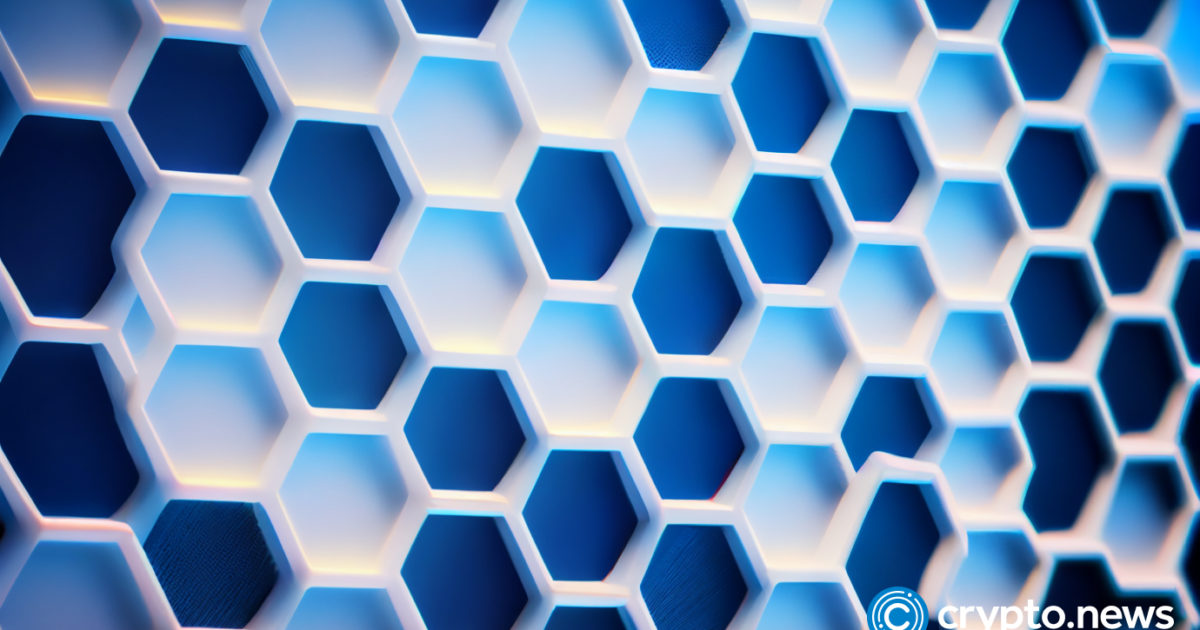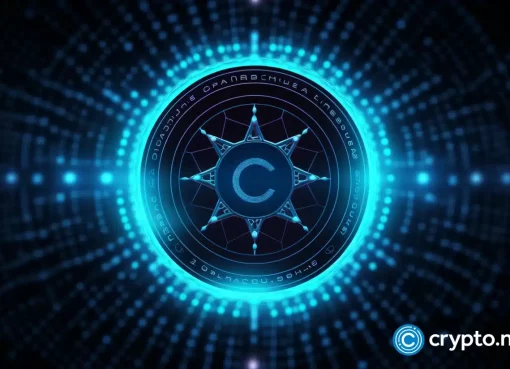According to a recent analysis by Messari, the XRP Ledger (XRPL) has had a productive first quarter of 2023. The number of daily active addresses and transactions has increased by 13.9% and 10.7%, respectively, all of which are vital indications that signal an uptick in activity.
The development of the XRPL ecosystem was brought to light in its latest Q1 report. NFT transactions have been made possible because of the XLS-20 standard, which now recognizes five new transaction types and has suggested an additional five.
Even though there was a little drop in the volume of NFT activity compared to the previous quarter, there were still 436,000 NFT mints and 277,000 NFT offers accepted in Q1. In addition, the mainnets of the Coreum and Flare Network sidechains have been successfully launched. Both of these chains are centered on interoperability and decentralized data.
The financial performance of XRP also experienced a significant boost, exceeding the overall growth in the market value of all cryptocurrencies. The market capitalization of XRP increased significantly by 59.9%, going from $17.4 billion to $27.8 billion.
A key stimulus was a favorable outcome in the SEC lawsuit against Ripple, which resulted in two significant price increases throughout March. The transaction fees collected by XRPL and then destroyed have resulted in deflationary pressure being applied to the overall supply of XRP. This has acted as a counterweight to the inflation rate and contributed to the rise in price.
The XRPL developers are concentrating on NFTs, the metaverse, and smart contracts as they look toward the project’s future. The study included extensive information about the objectives and structure of Futureverse’s Root Network, Hooks, and an Ethereum Virtual Machine (EVM) sidechain.
Ripple is doing exceptionally well in today’s market session as the asset sits at a 3.6% gain within a day of trading and trades at $0.4625.
If these advancements are successful, an extra layer of functionality will be added to the XRPL ecosystem. The XRPL ecosystem currently provides a variety of capabilities, such as quick and energy-efficient cross-currency and cross-border payments. However, if these innovations are successful, they will introduce an additional layer of functionality to the ecosystem.




